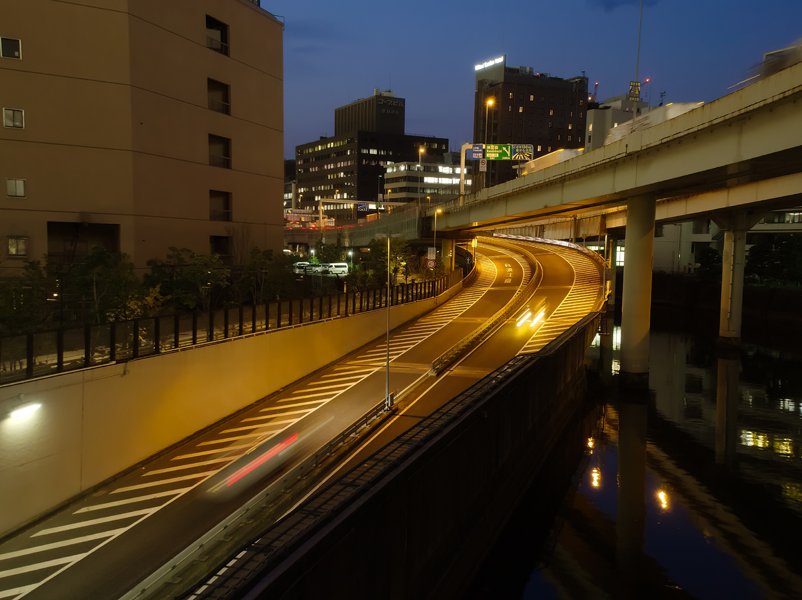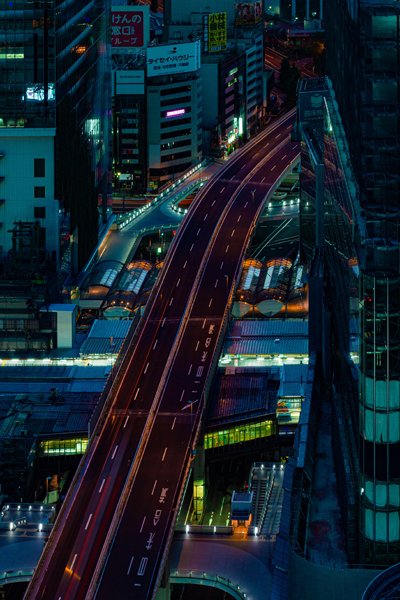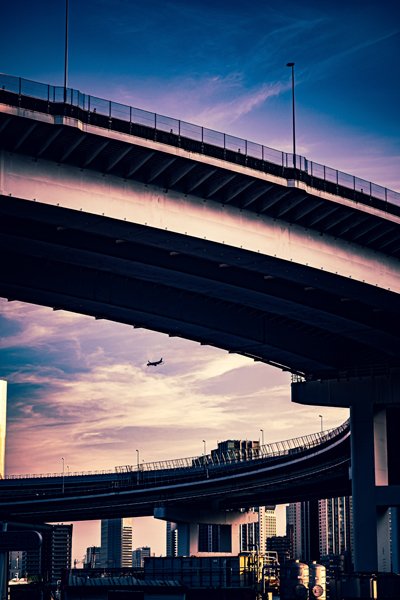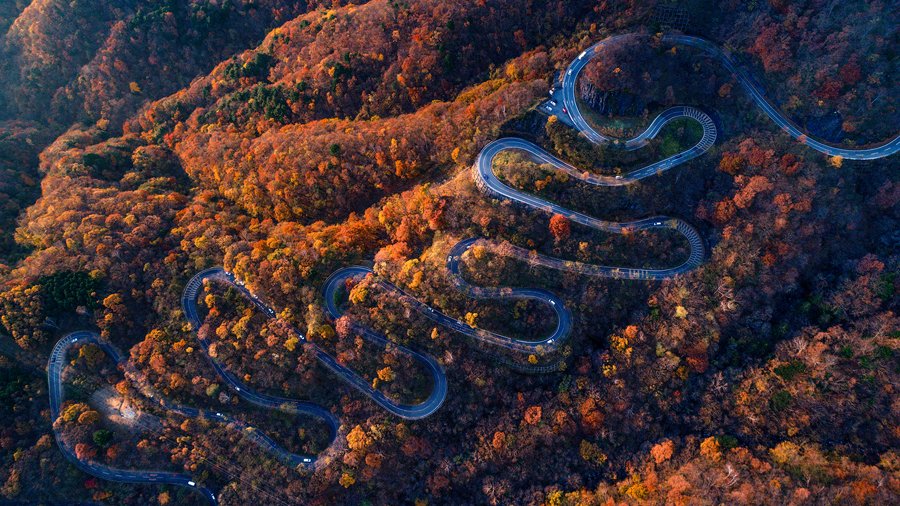Detour #191: Shooting the Shuto, Tokyo, Japan
Photo Shutterstock
You might have raced around it playing video games, but tokyo’s shuto expressway is even more exhilarating in real life.
Long before I ever visited Tokyo I’d spent countless hours charging around its elevated expressways from the comfort of my sofa. Gran Turismo gave me a taste of the neon lights of the mega-city and the Shuto which sweeps between skyscrapers high above street level.
Technically the Shuto isn’t one road but a series of interconnected routes that span Japan’s capital. It was originally built to ease traffic in time for the 1962 Olympic Games and its tentacles have been spreading ever since. Beginning with a nine-mile Inner Circle Route the shutoko has expanded to over 200 miles in length, divided into three circular routes, 12 radial routes, the suburban Kanagawa and Saitama routes and the Bayshore route, which is best-known to gamers.
During two long nights shooting the Shuto, capturing a Mazda RX-8 for stills and video, I got to discover the idiosyncrasies of both the car and the shutoko itself.
This is not an American-style network of eight-lane highways, it’s been squeezed into the tight confines of Tokyo. As I ascended the first of many switchback-style on ramps, with its almost-racetrack-like road markings, I emerged onto a two-lane road that’s no wider than the street below.
Flying over the bright lights of Shibuya, Roppongi and Shinjuku, catching glimpses of life in high-rise apartments and undergoing a near-constant barrage of neon advertising, it would have been easy to become distracted, but the camera truck which I had to closely follow was being driven by a former Formula Three racer who seemed to think he was still chasing a checkered flag.
Photo Arseny Togulev / Unsplash
At night the traffic on the Shuto is mostly commercial and overtaking heavily-laden Hino trucks required a little leap of faith and spinning the RX-8’s engine up to its 9,000rpm redline to get briskly past. Unlike the RX-7 before it, this final example of Mazda’s rotary coupe wasn’t turbocharged and its lack of low-level pulling power meant getting the best of it required revs, revs and more revs.
Exit ramps needed a big stab of the brakes, even when travelling at legal speeds as they usually loop dramatically as they head back to ground level, but braking and handling were always RX-8 strengths and these excursions off and back onto the Shuto provided just the right amount of adrenaline to keep me awake.
Photo Shutterstock
Two nights sped past in a blur, with highlights including taking a pit stop at the Daikoku parking area to soak up the local car culture and sink a Pocari Sweat energy drink from a vending machine. Even in the early hours of mid-week tuner cars and their owners gathered to chat, take photos and cruise the expressway above. The infamous Midnight Club racers used to meet here too, but the days of outlaws topping 200mph on the Shuto seem to have passed.
Many visitors to Tokyo will only ever see the Shuto from below, looking up in wonder at its crazy noodle-like intersections. Public transport is so good that as a tourist there’s little need to reach for its heights. Even taxis rarely take the Shuto, not only would they rather avoid the tolls, but for shorter journeys it’s just not worth the effort of climbing up into the sky when you have to begin your descent again after just a mile or two. With limits at 80km/h (50mph) or lower the speed up high isn’t much faster than below, either.
The Shuto then is largely the preserve of local commuters and professional drivers. And the occasional Formula 3 ace with a Mazda in hot pursuit.
Words Nik Berg Twitter | Instagram
Additional photography Frank Okay / S Tsuchiya / Unsplash
ROADBOOK
CLASS: CITY SLICKER
NAME: SHUTO EXPRESSWAY
ROUTE: all around Tokyo
COUNTRY: JAPAN
DISTANCE: 200 miles
Photo Shutoko.co.jp


















One of Japan’s most amazing roads is cut through 15 metres of solid snow as it scales Mount Tateyama.